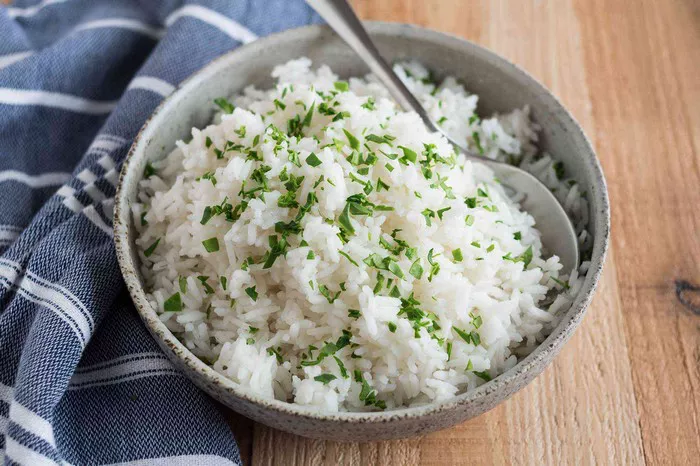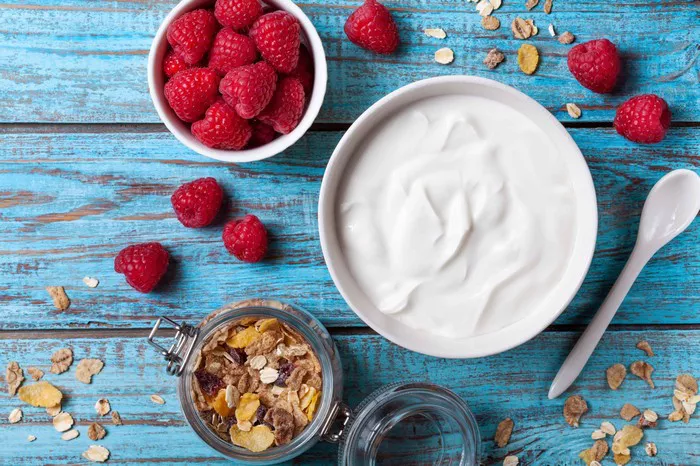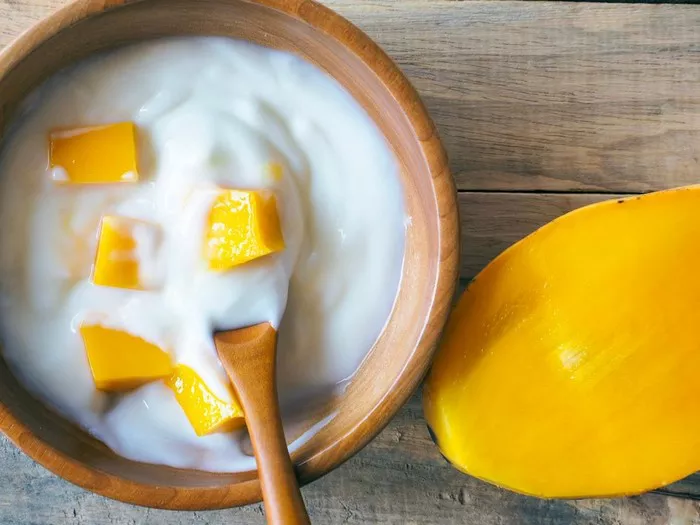Rice, a staple food for billions around the globe, holds a significant place in many cultural cuisines. However, for individuals with diabetes, navigating the landscape of rice consumption can be a challenge. Given its carbohydrate content, rice can impact blood sugar levels, prompting questions about which types and quantities are suitable for diabetic individuals. In this article, we delve into the intricacies of rice consumption for those managing diabetes, exploring various types of rice, their glycemic index, portion control strategies, and practical tips for incorporating rice into a balanced diabetic diet.
Understanding the Glycemic Index (GI) of Rice
The glycemic index (GI) is a scale that ranks carbohydrate-containing foods based on their effect on blood glucose levels. Foods with a high GI value cause a rapid spike in blood sugar levels, while those with a low GI value result in a slower, more gradual increase. For individuals with diabetes, choosing foods with a lower GI can help manage blood sugar levels more effectively.
Different types of rice have varying GI values, largely influenced by factors such as processing, cooking method, and grain variety. Generally, white rice, especially the highly processed varieties like jasmine and basmati rice, tends to have a higher GI compared to brown rice or other whole grain options. Brown rice retains its outer bran layer and germ, which contain fiber and nutrients, resulting in a lower GI and slower digestion compared to white rice.
Types of Rice and their Impact on Blood Sugar
White Rice: White rice is a refined grain that has been stripped of its bran and germ layers, leaving behind mainly the starchy endosperm. As a result, white rice has a higher GI and can cause a rapid increase in blood sugar levels. Diabetic individuals should consume white rice in moderation and consider pairing it with protein and fiber-rich foods to mitigate its glycemic impact.
Brown Rice: Brown rice is a whole grain that retains its bran and germ layers, providing fiber, vitamins, and minerals. With a lower GI compared to white rice, brown rice offers more stable blood sugar control and greater satiety. Including brown rice in the diabetic diet can contribute to better glycemic management and overall health.
Basmati Rice: Basmati rice is a long-grain rice variety known for its fragrant aroma and distinct flavor. While it is a type of white rice, basmati rice has a slightly lower GI compared to other white rice varieties. However, diabetic individuals should still consume it in moderation and balance it with other low-GI foods to prevent blood sugar spikes.
Jasmine Rice: Jasmine rice, another aromatic long-grain variety, shares similarities with basmati rice in terms of taste and texture. Like basmati rice, jasmine rice is a type of white rice with a relatively high GI. Individuals with diabetes should exercise caution when consuming jasmine rice and opt for smaller portions paired with protein and vegetables.
Wild Rice: Wild rice is not technically a rice but rather the seed of an aquatic grass species. It has a lower GI compared to white rice and offers more fiber, protein, and nutrients. Incorporating wild rice into the diabetic diet can enhance satiety and provide essential micronutrients.
Black Rice: Black rice, also known as forbidden rice, is a whole grain rice variety with a striking dark color. It contains anthocyanins, potent antioxidants associated with various health benefits. With a lower GI than white rice, black rice can be a nutritious addition to the diabetic diet, offering both flavor and functional benefits.
Portion Control and Meal Planning
While the type of rice plays a significant role in managing blood sugar levels, portion control is equally crucial for individuals with diabetes. Here are some practical tips for incorporating rice into a balanced diabetic meal plan:
Measure Portions: Use measuring cups or a food scale to portion out appropriate serving sizes of rice. A typical serving of cooked rice is around ½ to ¾ cup, depending on individual carbohydrate needs and blood sugar response.
Pair with Protein and Vegetables: Balance rice servings with lean protein sources such as grilled chicken, fish, tofu, or legumes, and include plenty of non-starchy vegetables to add fiber and nutrients to the meal.
Choose Whole Grains: Opt for whole grain varieties like brown rice, wild rice, or quinoa, which offer more fiber and nutrients compared to refined white rice.
Consider Timing: Pay attention to the timing of rice consumption within the context of your overall meal plan. Eating rice alongside other foods can help slow down its digestion and minimize blood sugar spikes.
Experiment with Alternatives: Explore alternative grains such as quinoa, barley, bulgur, or cauliflower rice to add variety to your meals and reduce reliance on traditional rice varieties.
Monitor Blood Sugar Response: Regularly monitor blood glucose levels before and after meals containing rice to assess individual tolerance and make adjustments as needed.
Conclusion
In conclusion, rice can be a part of a balanced diabetic diet when consumed mindfully and in appropriate portions. Choosing whole grain varieties like brown rice, wild rice, or quinoa and pairing rice with protein and fiber-rich foods can help mitigate its impact on blood sugar levels. By understanding the glycemic index of different rice types and implementing portion control strategies, individuals with diabetes can enjoy rice as part of a diverse and nutritious meal plan. As always, it is essential to work with a healthcare provider or registered dietitian to tailor dietary recommendations to individual needs and preferences.
Related topics:
The Impact of the Keto Diet on Diabetes Management
























